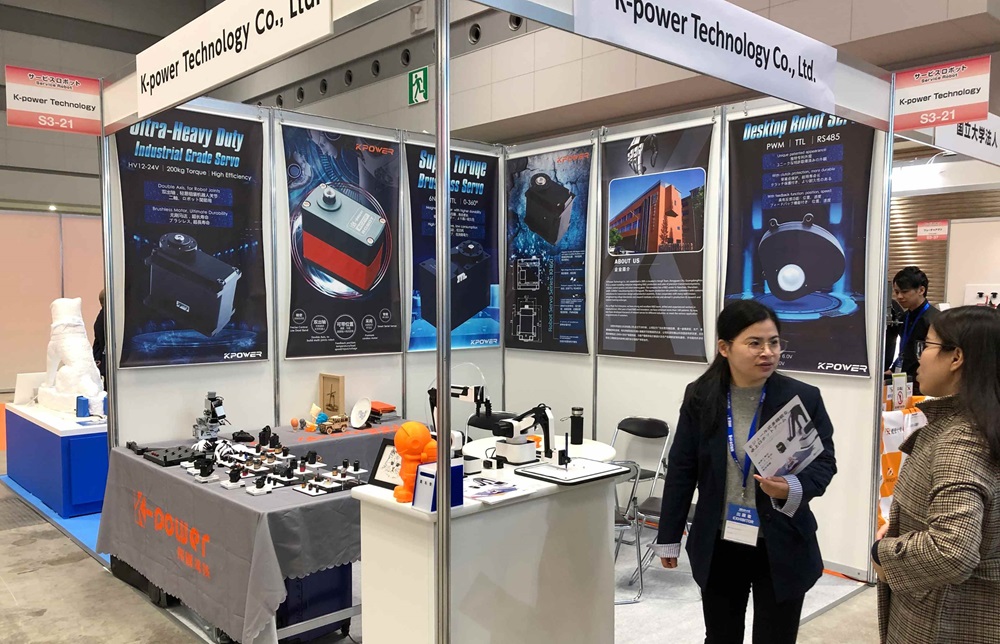Imagine a tiny marvel of engineering capable of precise movements, flexible enough to fit into the smallest robotic arms, educational kits, or DIY projects—and yet powerful enough to deliver reliable performance. That’s the essence of the Tower Pro SG90 micro servo. Widely celebrated in the maker community, robotics labs, and classroom environments alike, this miniature servo embodies the perfect blend of size, functionality, and affordability. But what makes it so special? To truly understand its capabilities, one must turn to its datasheet—a detailed guide that acts as the blueprint for harnessing this component’s full potential.

The Tower Pro SG90 is often the first servo that beginners encounter when they start exploring robotics and automation. Its popularity is rooted in several key factors: compact size, lightweight construction, ease of use, and surprisingly robust features. Its dimensions typically measure around 22.8mm in length, 12mm in width, and 28.5mm in height—compact enough to fit into tight spaces while still providing reliable rotational movement. The servo weighs approximately 9 grams, making it suitable for projects where weight is a concern, such as drone mechanisms, wearable devices, or small automated systems.
At the heart of its appeal lies its datasheet, a document packed with technical specifications, pin configurations, electrical and mechanical credentials, and operational guidelines. Reading and interpreting the datasheet unlocks a wealth of knowledge that helps users optimize the SG90 for their specific applications. Whether you’re a hobbyist designing a robot arm, an educator constructing a programmable model, or an engineer integrating tiny servo motors into a larger system, the datasheet is your trusted roadmap.
The first aspect catch your eye in the datasheet is the servo’s power requirements. Typically, the SG90 operates within a voltage range of 4.8V to 6.0V, with 5V being the most common working point. Its electrical specifications include a stall torque—often around 1.8 kg·cm—meaning it can hold or move objects within this gripping strength. The no-load speed is usually specified at about 0.12 seconds per 60 degrees at 4.8V, which informs users about how rapid the servo response can be during standard operation. These metrics are crucial for designing systems that require precise timing and movement.
Meanwhile, the datasheet also details the current draw—around 100 to 250 milliamperes during movement—which is essential for power supply planning. Overloading or insufficient power can lead to performance issues or damage, so understanding these parameters helps in designing robust systems. Besides electrical info, the datasheet provides mechanical details, such as rotation range (typically around 180 degrees), and the mode of mounting, including the dimensions of the output shaft and mounting holes.
The output shaft itself is a small, yet significant feature. It’s usually made of metal, with a diameter of approximately 5 mm, and features a standard spline that allows attaching various arms, grips, or linkage systems. This compatibility extends the SG90’s versatility in numerous projects, from simple pointing applications to complex robotic joints. The datasheet also shows the recommended servo driving signals—PWM signals with pulse widths generally ranging from 1ms to 2ms—that tell the servo to move to specific angles.
One of the most intriguing parts of the datasheet is the control signal description. The Tower Pro SG90 responds to Pulse Width Modulation (PWM), a method of controlling the servo's position by varying the width of digital pulses sent to it. Typically, a 1ms pulse corresponds to 0 degrees, while a 2ms pulse reaches 180 degrees, with 1.5ms being the center position. This simple yet powerful control mechanism allows for highly precise adjustments by microcontrollers like Arduino, Raspberry Pi, or other embedded systems.
The durability and lifespan of the SG90 are also outlined in the datasheet. While this micro servo is designed for thousands of cycles—often around 10,000—it’s good practice to prevent continuous overload or operation beyond specified current limits. Adequate heat dissipation and smooth control signals extend the mechanical and electronic life of the servo, ensuring long-term reliable operation.
Furthermore, the datasheet emphasizes important safety and operational tips. For instance, avoiding sudden stops or jamming the servo while under load can significantly extend its lifecycle. Proper wiring, including correct polarity and grounding, prevents damage from electrical issues. Shielding against power surges or using a dedicated power supply can prevent voltage drops that might cause jittering or intermittent responses.
In the context of practical applications, the datasheet provides example use cases, helping designers and hobbyists visualize how to incorporate the SG90 into their projects. From animating cameras on a rig, supporting rotating solar panels, to serving as steering motors in small RC cars, the multipurpose nature of this tiny servo makes it an ideal component for experimentation and innovation.
In conclusion, understanding the Tower Pro SG90 datasheet is akin to unlocking a treasure trove of insights that inform everything from wiring and power management to mechanical assembly and control protocols. Whether you’re just starting your journey into robotics or refining a sophisticated automation system, this document is your guide to leveraging the full potential of this unassuming yet remarkably capable micro servo motor.
Established in 2005, Kpower has been dedicated to a professional compact motion unit manufacturer, headquartered in Dongguan, Guangdong Province, China.




































